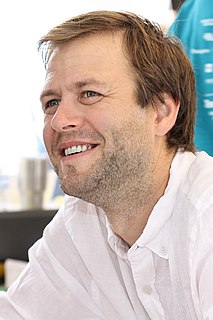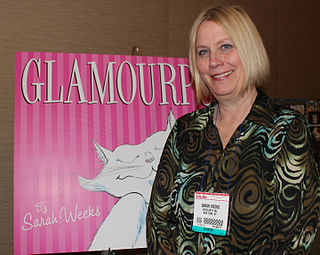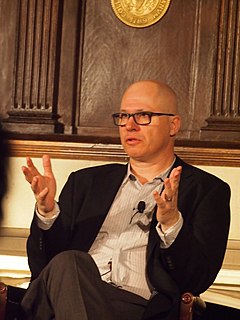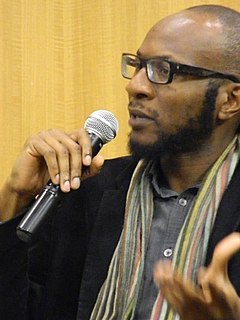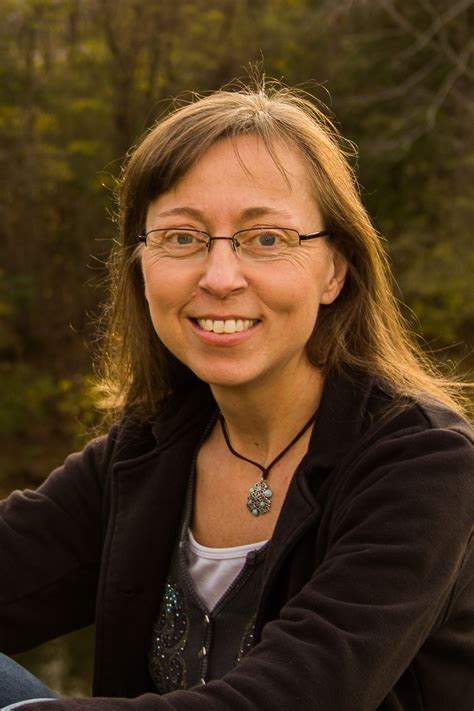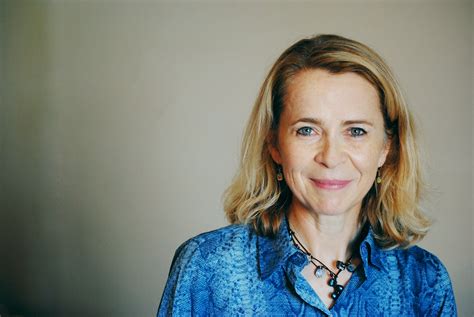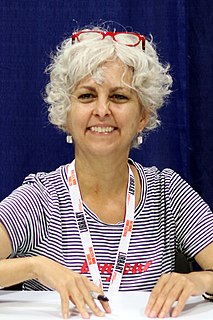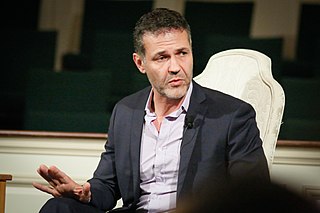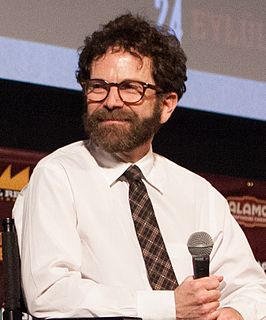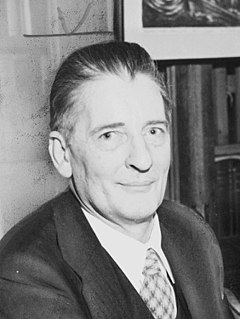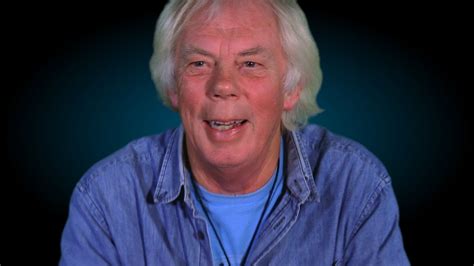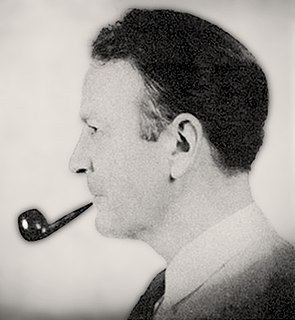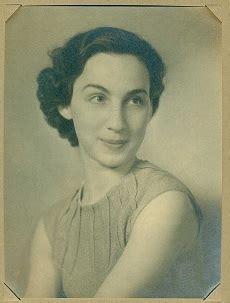A Quote by Mac Barnett
I think the trick of writing a good picture book manuscript is to leave that space for illustration. An illustrated novel can do the same thing.
Related Quotes
The process for writing a picture book is completely different from the process of writing a chapter book or novel. For one thing, most of my picture books rhyme. Also, when I write a picture book I'm always thinking about the role the pictures will play in the telling of the story. It can take me several months to write a picture book, but it takes me several years to write a novel.
Objectifying your own novel while writing it never really helps. Instead, I guess while you're writing you need to think: This is the novel I want to write. And when you're done you need to think: This is what the novel I wanted to write feels like and reads like and looks like. Other people might call it sweeping or small, but it's the book you chose.
Writing a novel is a very hard thing to do because it covers so long a space of time, and if you get discouraged it is not a bad sign, but a good one. If you think you are not doing it well, you are thinking the way real novelists do. I never knew one who did not feel greatly discouraged at times, and some get desperate, and I have always found that to be a good symptom.
The average detective story is probably no worse than the average novel, but you never see the average novel. It doesn't get published. The average -- or only slightly above average -- detective story does.... Whereas the good novel is not at all the same kind of book as the bad novel. It is about entirely different things. But the good detective story and the bad detective story are about exactly the same things, and they are about them in very much the same way.
